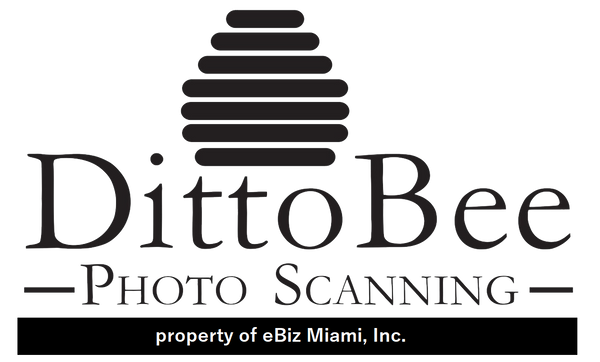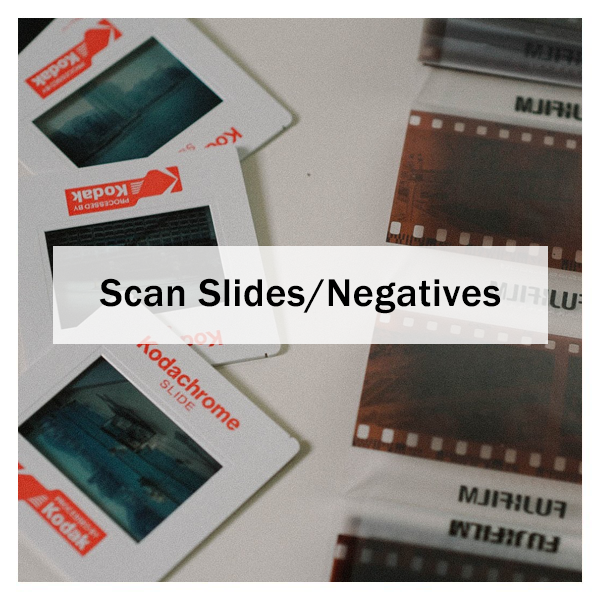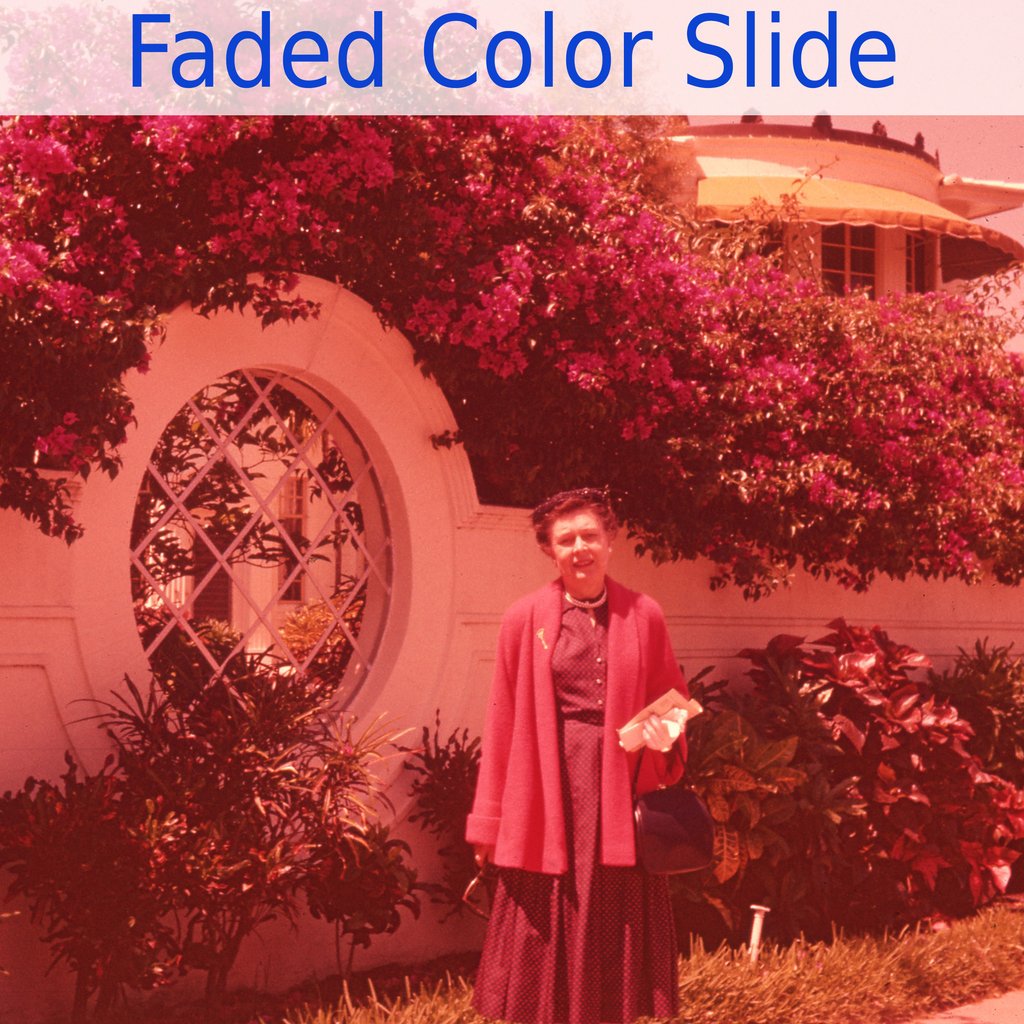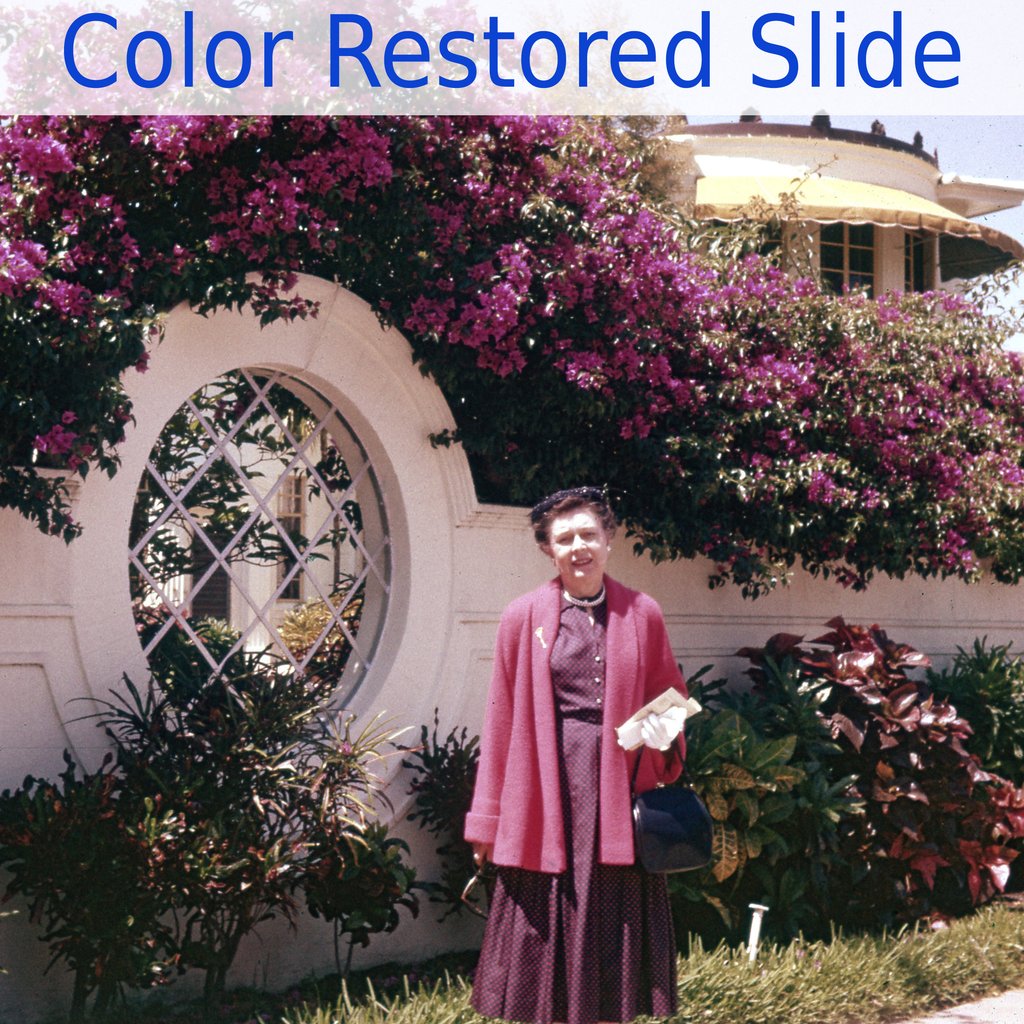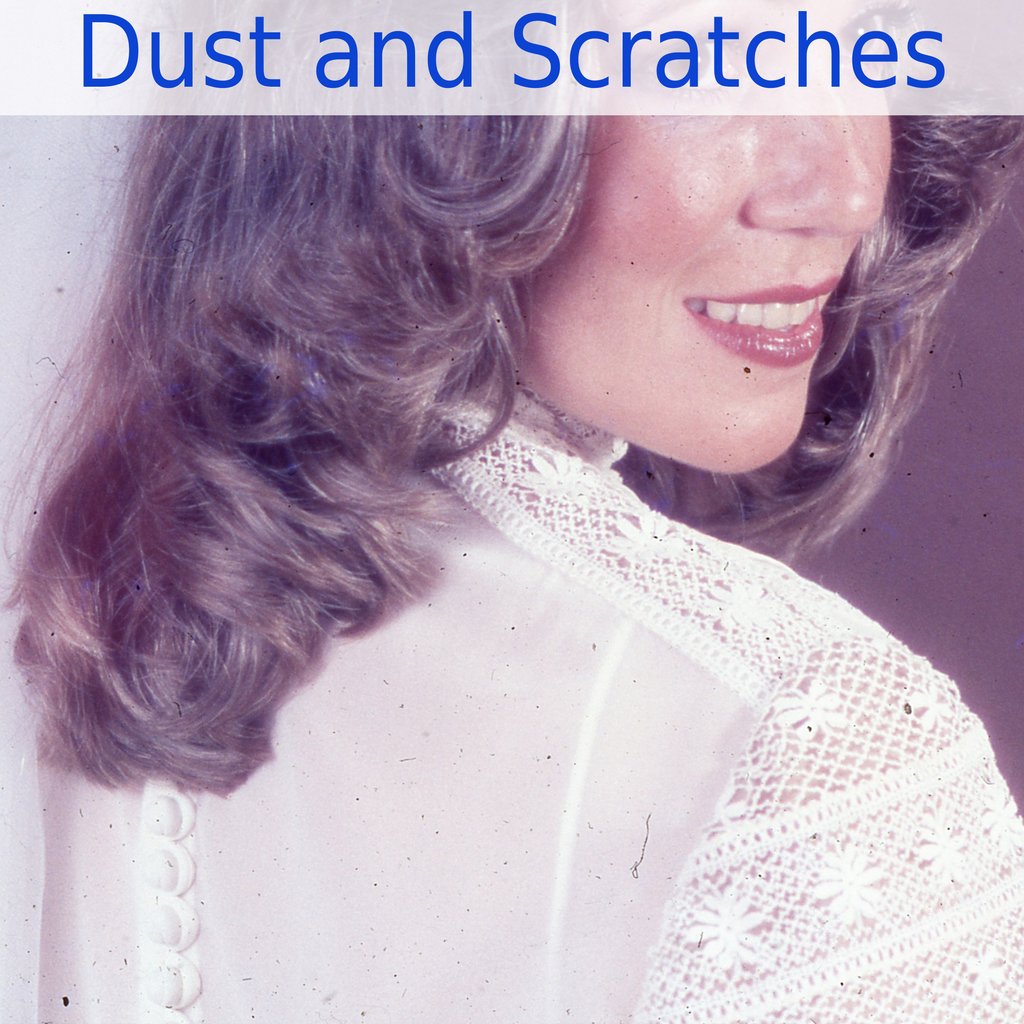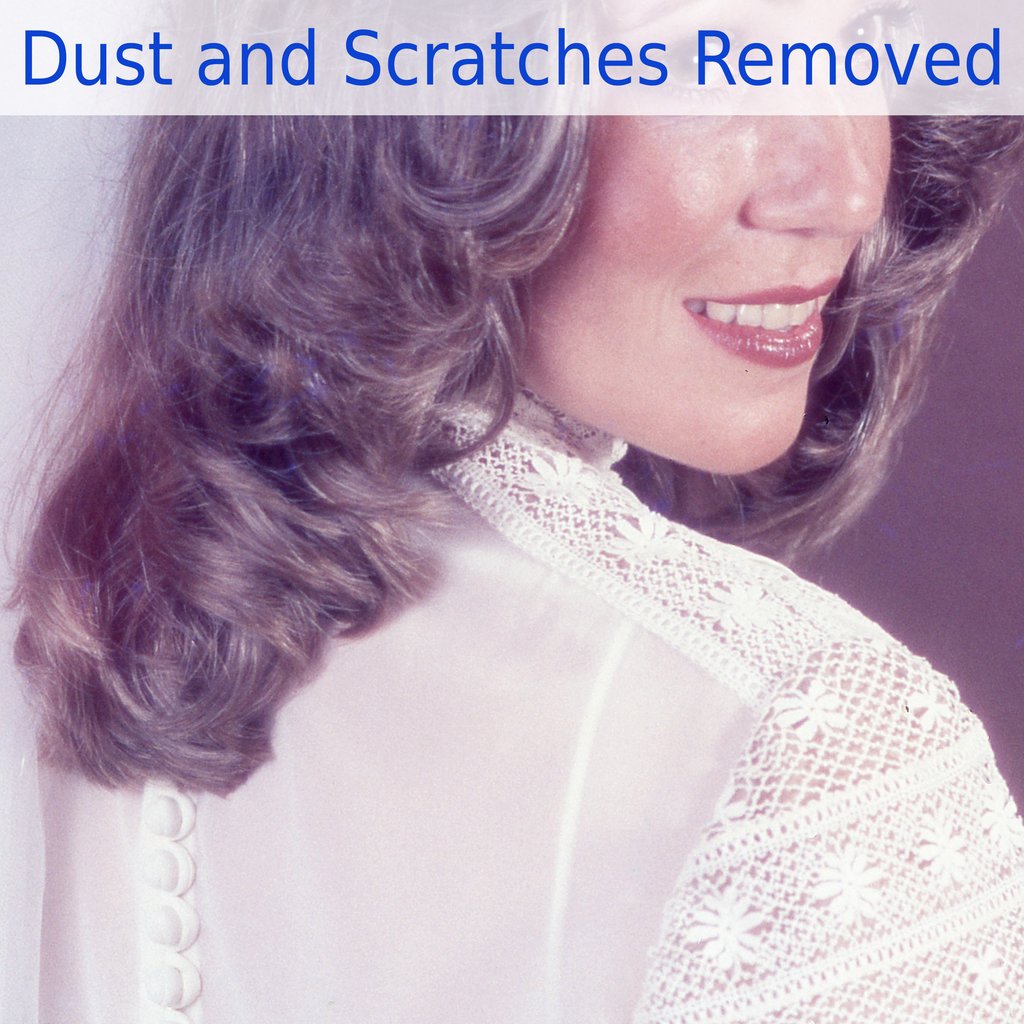Slides and Negatives Scanning - 35mm
Slides and Negatives Scanning - 35mm
Couldn't load pickup availability
What Is a Frame?
Our pricing in this category is based on a per frame scanned system. A frame is ONE picture that was captured at the time the photograph was taken. In the case of slides, they come already encased in their individual frames, so one slide = one frame.However, negative film tends to come in rolls of either 24 or 36 frames. At the time of the developing process, these films were cut up in strips of 4 or 5 frames each and returned back to the client in pouches of 6 or more rows containing each individual strip. Please keep in mind that one strip of film does not count as a frame, nor does an entire roll of film.
What Is Resolution (DPI)?
Without getting to technical, it is important to understand that the bigger the enlargement of your scanned picture, the more resolution you will need to scan it. DPI stands for Dots Per Inch, which is the way the resolution is measured. The more DPI, the bigger the resolution = the bigger the final enlargement of your picture - be it in print, or on your screen.We offer 3 different resolution options:
- The default resolution: 2400DPI. This is the equivalent of a 4"x6" printed photo. It will show sufficient detail on a regular computer screen, but not much more if zoomed in.
- Medium resolution: 2800DPI. This is the equivalent of a 8"x10" printed photo. It will look pretty sharp on any computer screen, and it will also show some details when zoomed in.
- High resolution: 3200DPI. This is the equivalent of a 11" x 14" printed photo. When zoomed into on a computer screen, it will show a greater amount of detail without blurriness (unless the image itself was already like that).
Color Restoration
Like many things, photographic film tends to deteriorate in time, especially if it has been kept in poor conditions. As a result, not only will it accumulate dust and impurities, but also the colors will fade. Fear not! Most negative film and slides that are suffering from color fading can be restored to their original color, sometimes even better! However, this valuable enhancement adds the most to the scanning time, so we added it as a separately priced option. Take a look at the samples below, and decide if this option is for you:

Scratch and Dust Removal: What Is iSRD? What Is Digital ICE?
Because of their small area, slides and negatives need to be scanned at higher resolution than regular prints (see above.) This leads to some of the imperfections of the film being picked up at the same time as the image captured on it. In time, film physically deteriorates, and it gets broken down into fine particles of dust and impurities that obstruct the original picture. Even if the film was handled carefully and kept in a good environment, as years pass, these impurities tend to gather to various degrees. Most of the times they will not be visible with the naked eye, but upon scanning, they tend to appear.
Modern scanners have the ability of eliminating these impurities, scratches and imperfections. However, that comes at the cost of slowing down the scanning process. That is why we are offering this as an added option, at an added price.


iSRD Stands for Infrared Dust and Scratch Removal. ICE stands for Image Correction and Enhancement. Both processes are used to eliminate the scratches and dust particles picked up by the scanner during the scanning process.
We offer iSRD and ICE as scanning enhancements, at an extra .20c/frame.
Share
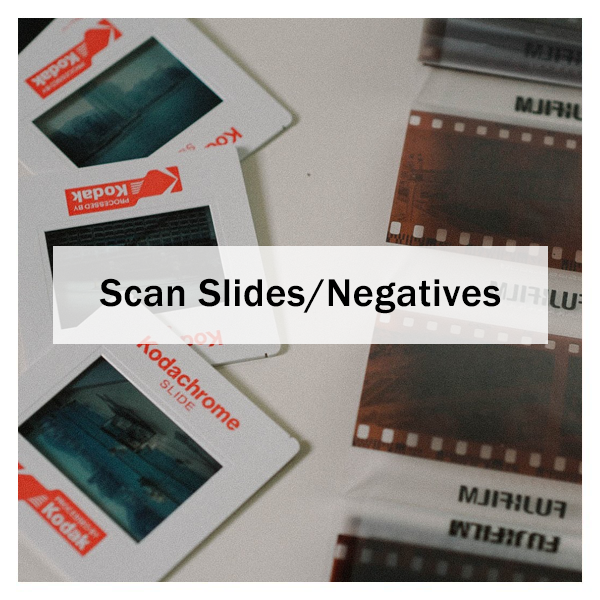
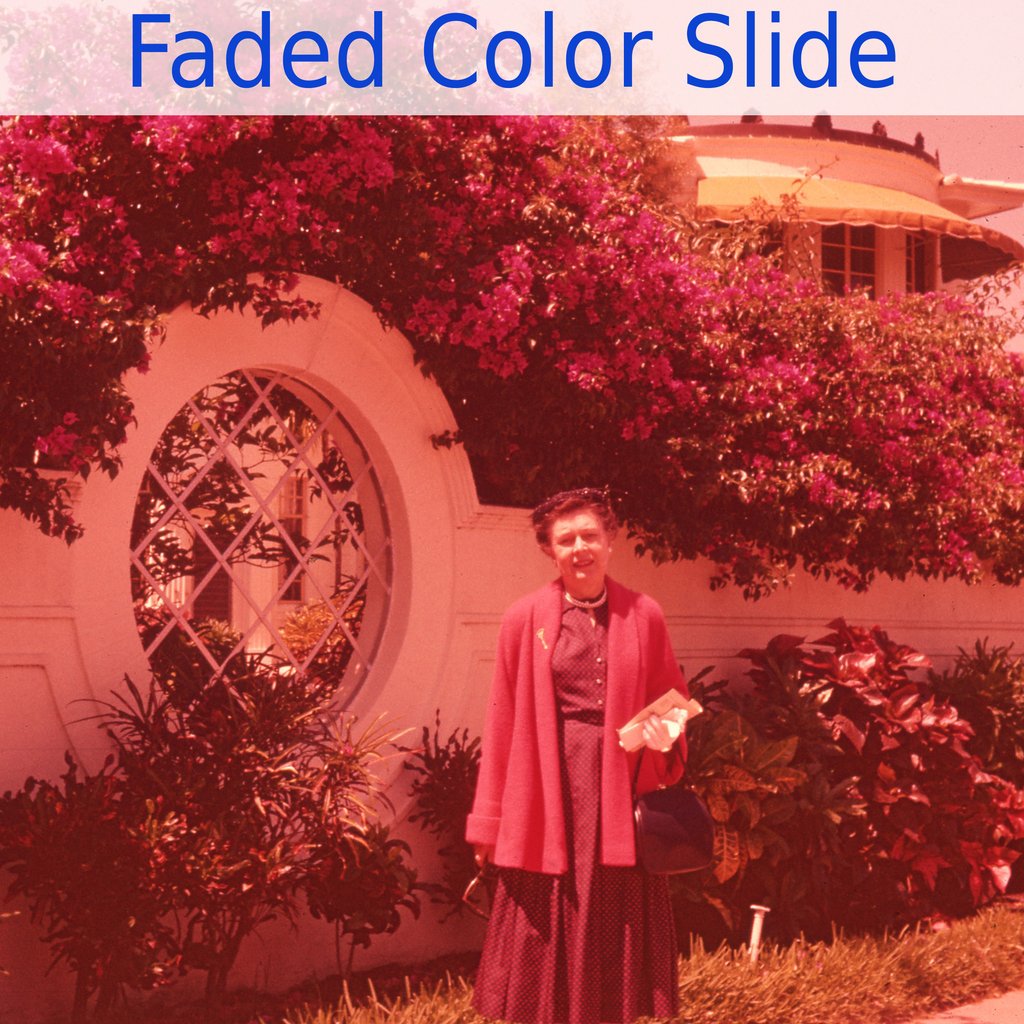
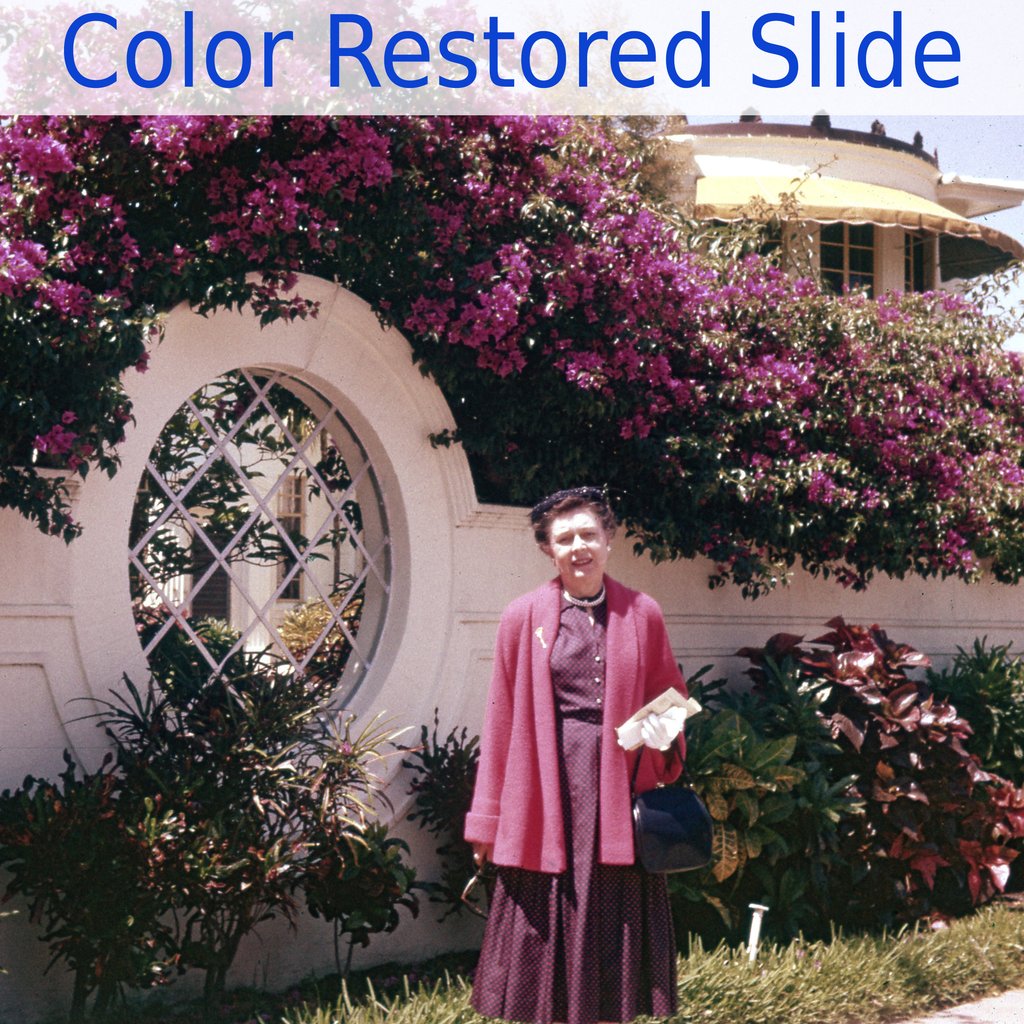
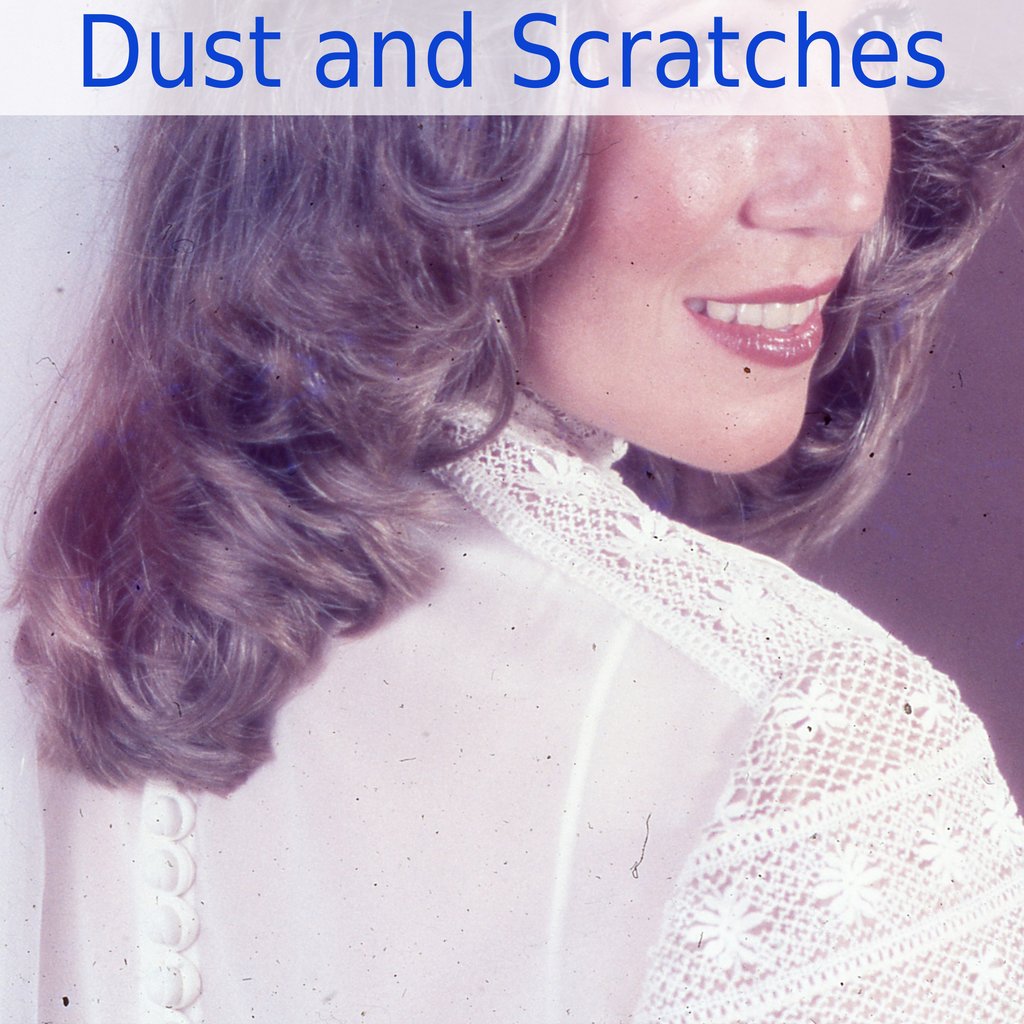
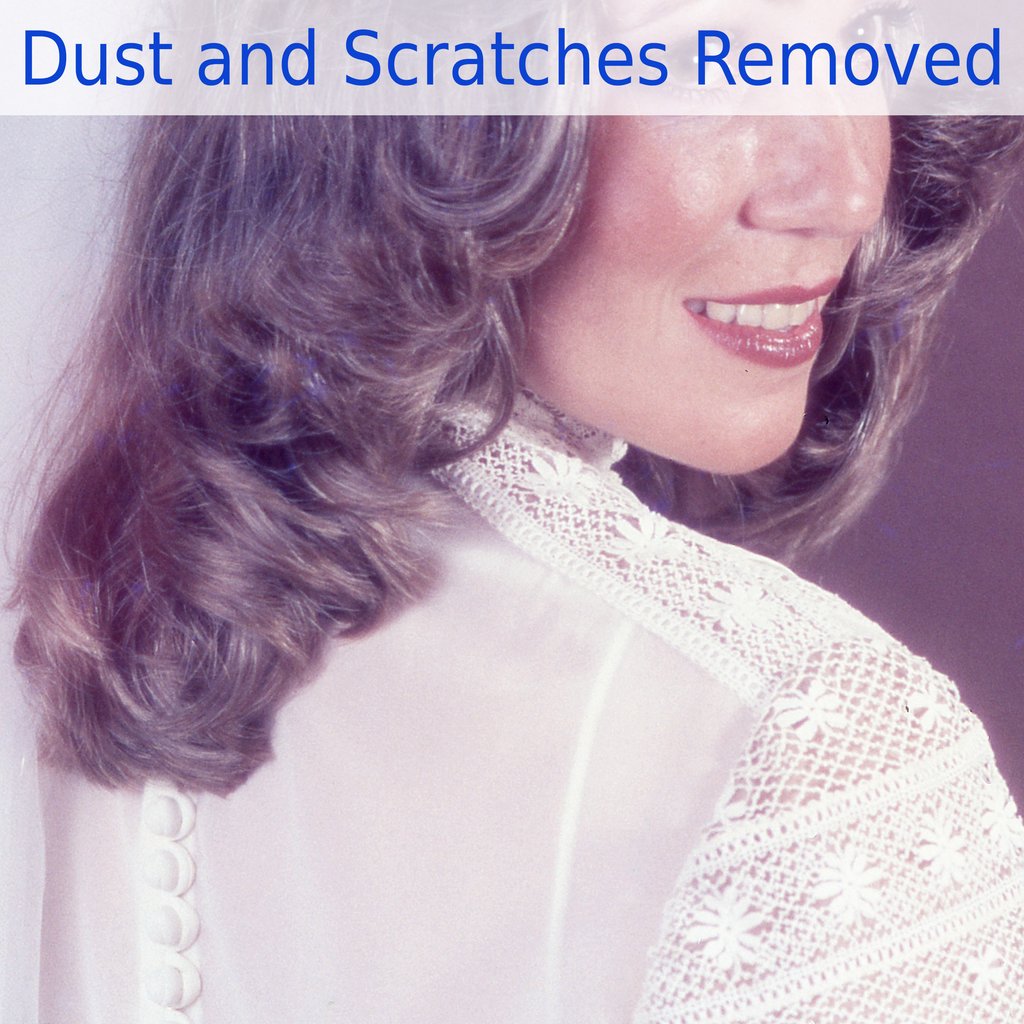
Subscribe to our emails
Subscribe to our mailing list for insider news, product launches, and more.
